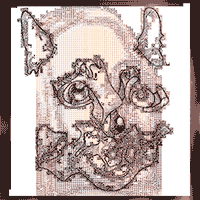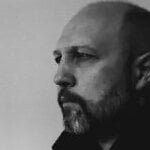- Search posts by...
- Reply to this topic
- Ignore this topic
- Stop ignoring this topic
- Start new topic
-
Recently Browsing 1 Member
-
Similar Content
-
- 0 replies
- 14 views
-
- 0 replies
- 70 views
-
- 3 replies
- 83 views
-
- 5 replies
- 1,295 views
-
- 0 replies
- 1,051 views
-







Recommended Posts